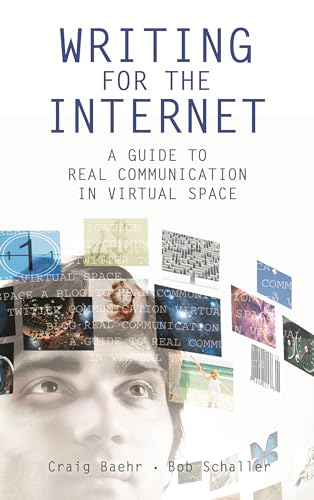How to Write for the Internet
Traditional Print Versus Online Writing
For a writer accustomed to to a traditional print format, creating an online writing project requires a shift in perspective. Although both forms share the commonality of words, they are appearing in an entirely different context and a diverse range of elements must be considered for web writing. Audience expectation demands a succinctness in form and content and websites which fail to grab in the first few seconds will be quickly bypassed for a more accessible site
Competition for attention on the web is considerable – there is always a new webpage to turn to in a virtual world of infinite possibilities and the internet viewer is not as captive an audience as a print-based reader may be. In the latter case there is often a financial as well as an emotional investment – print readers will have gone to some trouble to physically buy or borrow a book, magazine or newspaper and are therefore more likely to persevere, even if the text is not immediately engaging.



Web Texts
Since for the web, we do have to be immediately engaging, the first things to consider, even before content, are as follows:
Short Texts:
A web viewer confronted by a cascade of uninterrupted text may evince a similar reaction to a print reader a being given a book the size of Volume One of Encyclopedia Brittanica and told to 'read this'.
Whether or not this is due to an obsession with entertainment, an increase in short attention span, the sensory variety and immediacy of the net having promoted a sense of hyper-impatience -or simply the physical discomfort of reading from a screen, the hit/read/move-on nature of the medium has led to an expectation and demand for short accessible blocks of text rather than lengthy expositions.
Scan Value:
A plethora of usability studies has revealed web users don't so much read as scan text, and what they do read is accessed by selecting key words and features. For this reason headers, highlighting, colours and even typography play a significant role in the success or failure of an online project. It seems where web publication is concerned scannable content consistently outperforms content based on the traditional print method.
Hypertext Structure:
Hypertext may be used to dissemble information through links, breaking up content into usable parts. In this way a website may contain even more information than a printed article while allowing users to decide what they wish to access or discard. However the linked information works best when not presented as a long linear flow of pages but rather self-contained chunks that focus on a particular topic.
The Inverted Pyramid
Many seasoned web writers recommend an inverted pyramid style for
organising information, a method commonly used in print journalism to
hook readers into a story. For example, such a story may begin with a
climax or conclusion rather than a beginning – An earthquake has rocked
San Francisco, killing 300 people and then go on to describe, in
inverse order, the details and background of the event. This allows
readers to access the important information first and then choose
whether or not to read on. According to Dr. Jacob Neilson, [described
by the New York Times as 'the guru of web usability']:
On the Web,
the inverted pyramid becomes even more important since we know from
several user studies that users don't scroll,so they will very
frequently be left to read only the top part of an article. Very
interested readers will scroll, and these few motivated souls will
reach the foundation of the pyramid and get the full story in all its
gory detail.
Neilson, Audience Analysis








